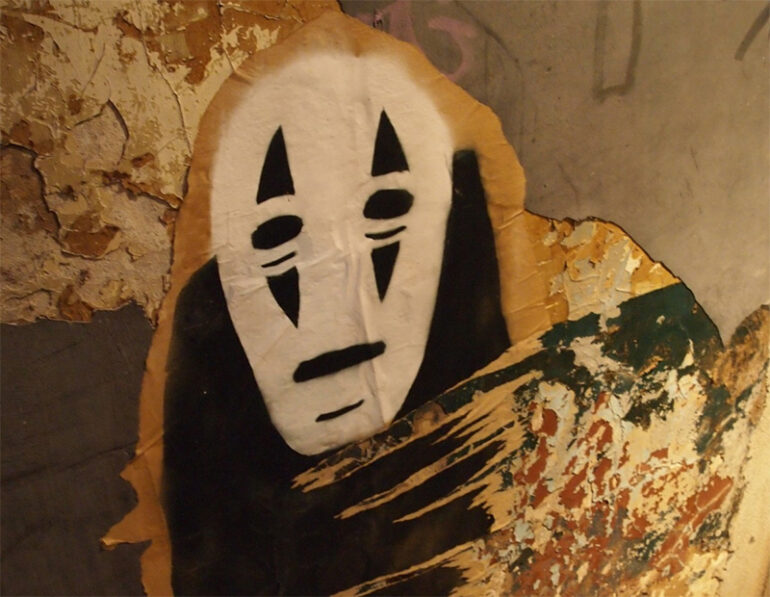Traditional Japanese art has been around for centuries and is known for its beauty and uniqueness. It is a style that is often imitated but rarely fully understood. Japanese art has been respected and admired for centuries, from traditional calligraphy to contemporary manga. At the heart of this artistic tradition are several core principles. Let’s look at some of the essential concepts that have come to define the unique flavor of Japanese art.
Fukinsei
The concept of Fukinsei is a key component of traditional Japanese art, demonstrating an appreciation for imbalance. This idea highlights the recognition of a need for unpredictability and variation within works to appear more organic. Asymmetry is used to emulate balance in nature, with it being seen in many traditional forms of artwork, such as paintings and sculptures. Items are often placed off-center, or through irregularity in the composition, emphasizing the natural beauty of imperfection while still indicating the harmony found in nature. By understanding and embracing this concept, artists can create works that are then connected to the natural environment they were born into.
Kawaii
The Japanese word Kawaii, which translates to cute or adorable in English, has garnered worldwide appeal and become increasingly popular over recent years. This cultural aesthetic focuses on cuteness by highlighting bright colors, big eyes, exaggerated features, and a lighthearted look overall. Kawaii culture is everywhere, from beloved anime characters with cutesy appearances to fashion styles like Harajuku that express fun and freedom. As people become more accustomed to diversity and inclusivity, this culture continues to gain traction, bringing joy and happiness into our lives.
Miyabi
Japanese art is known for its beauty, precision, and dedication to detail. Miyabi, which translates to elegance or refinement in English, reflects this same respect for elegance and simplicity found throughout Japan’s traditional arts. The concept behind Miyabi focuses on expressing subtle beauty and grace with works that evoke feelings of peace or tranquility. Generally, pieces sporting Miyabi feature graceful lines and soft colors intended to emphasize harmony with nature rather than boldness or loudness, as many other styles may suggest. It is an exquisite traditional style of declaration rooted deep in Japan’s history from centuries past and continues to be a powerful source of inspiration in modern art.
Shibui
Shibui translates to subtlety or understated elegance in English. It is an extension of Miyabi’s principles since they both involve creating works with subtle beauty rather than boldness or loudness, as some other styles may. This principle teaches us to appreciate simpler forms, such as monochromatic color schemes, which evoke feelings such as serenity when viewed by the audience instead of relying on flashy details for attention-grabbing purposes.
Conclusion
The four core principles discussed above form the foundation upon which modern Japanese art style was built, combining traditional aesthetics with contemporary sensibilities to create something new and unique every time it is applied to any situation. Whether looking for inspiration for your home decorating project or trying out a new fashion trend, these core principles should offer plenty of food for thought.
Photo Attribution:
1st and featured image from https://pxhere.com/en/photo/911423
2nd image from https://pixabay.com/nl/photos/pion-bloem-vaas-japanse-vlag-6596804/

